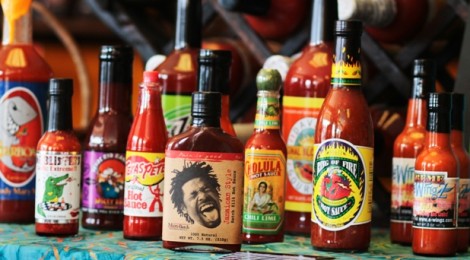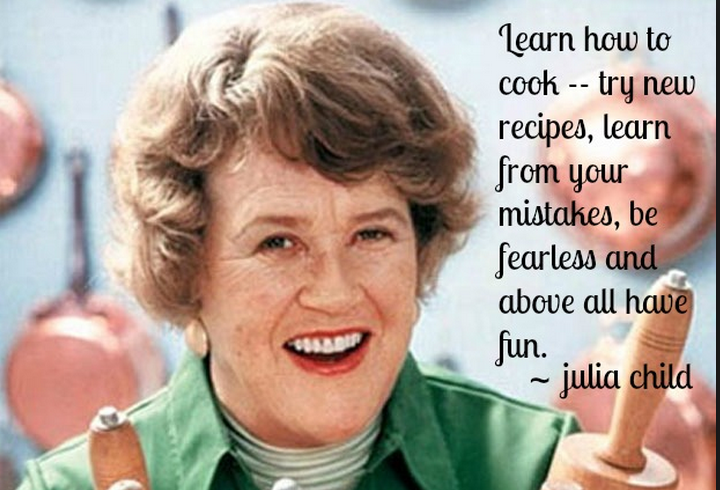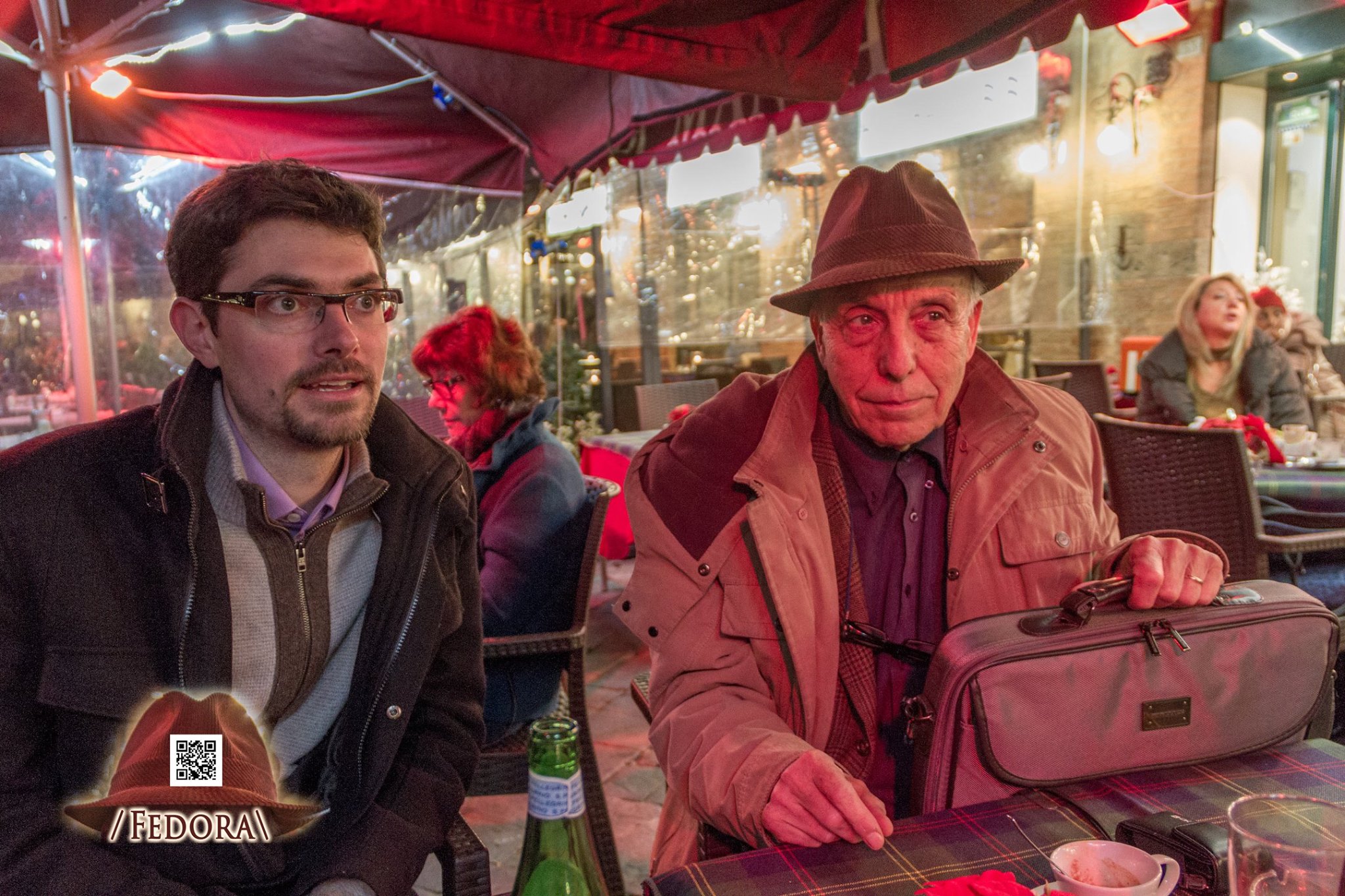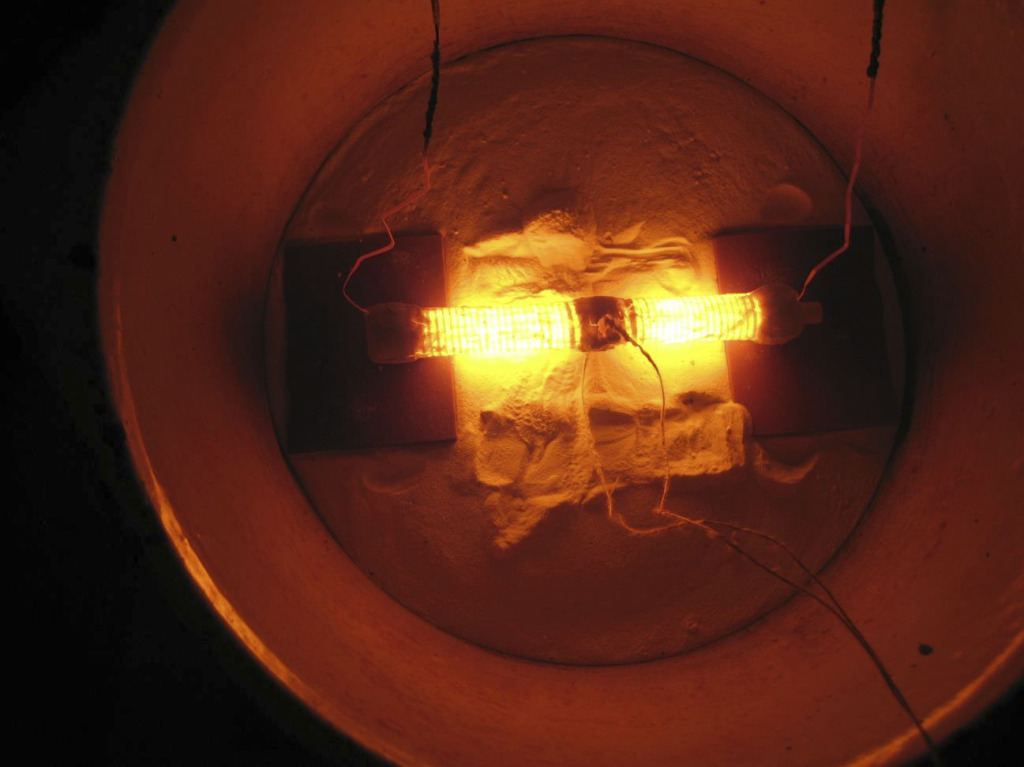
Secret Sauces In Cold Fusion Cookery
Cold Fusion & LENR recipes deconstructed
It’s been fun reading and watching the machinations of cold fusion and it’s skittish cousin lenr. In the absence of cold fusion cooking schools the old adage Nature Abhors A Vacuum seems to be in effect. What seems to be in abundance in the arm chairs of the peanut galleries are the theoretical physics wannabes, clearly lacking are the chemists, most rare of all are the experimentalists of any ilk.
As an experimentalist, albeit an atom ecology experimentalist, who has been cooking in these crazy cold fusion decades since 1989 there are some facets of humanity I struggle with. I have to keep in mind that this cold fusion time frame closely matches the emergence of the Internet as a potent tool in the sharing and communication of science as open source science.
The field of cold fusion science, and many other fields of science as well, have with the help of the internet shed some of their proprietary guilds and guildmasters. Not all for sure but some. Cold fusion while being a more open source science than almost any area of physics never-the-less suffers from the ails of human nature and the ever presence of guild mentality and human hierarchies. There are many, too many, would be ‘alpha dogs’ in cold fusion/lenr. But such is life.
Todays Favourite Fusions
Surely the buzz in fusion cookery today revolves around some great Italian dishes. At the top of the list seems to be Chef Rossi and his deconstruction presentation of Piantelli’s long standing spaghettini in secret sauce. Let’s take a look at what’s the ingredients are in the secret sauce.
Nickel (substitutions allowed)
Hydrogen (complete in its normal isotopic mix)
Iron
Aluminum
Lithium
Air
The chefs and sous chefs of cold fusion have shared these ingredients with us and a little bit of their know how in preparation, cooking, and presentation. But they’ve been incredibly coy and secretive like all chefs and while they have been willing to entertain us with tastings they have yet to decide to act as cooking schools. Once exception might just be the new online cold fusion cooking school The Martin Fleischmann Memorial Project.
I have done a couple things different than most cold fusion chefs. Not only have I had my own kitchen I have volunteered for 20+ years to be the dishwasher, onion chopper, sometimes sous chef, and more in the kitchens of many of the great chefs of cold fusion. It’s that experience in the trenches of the kitchens of some of the great chefs of cold fusion that has taught me how to refine my own recipes and more importantly understand the recipes of others.
Let’s look at Chef Rossi’s main dish the HOT CAT
From everything that goes into Rossi’s mixing bowl it looks remarkably like a recipe to manufacture, in-situ, a great polymetallic hydrogen getter. My favourite polymettallic getter is a variation of SAES st707 which is ever so much better with a dusting of iron.
Nickel we know is a good getter for hydrogen but alas it is an even better one for oxygen and nickel oxide just does not allow hydrogen to access the nickel below that oxide layer at ambient earthly conditions. If one is going to use nickel as a main ingredient it needs some careful prep work.
The aluminum and lithium compound on Rossi’s spice shelf contains hydrogen in abundance, about 10% hydrogen. It’s a bear to make on ones own but fortunately it’s a readily available off the shelf ingredient available from countless chemical supply stores. It’s purpose in ordinary chemistry is often to serve as a solid source of hydrogen. A half a teaspoon of this powdery wonder is handier than a tank of pressurized hydrogen gas. Just heat it and the hydrogen is released.
I once dined at a fine dining restaurant in San Francisco where the chef used a substance called ‘pop rocks’ in some of her creations. When you put a mouthful of her delightful salad in your mouth the tart ‘pop rocks’ exploded with a ‘pop’ due to the sudden release of chemically bound CO2. Yum.
… back to the deconstruction of chef Rossi’s recipe
The iron in Rossi’s recipe is likely very useful though not necessarily always required. It serves a vital role depending on the desired outcome. With hydrogen getters iron dust on the surface keeps the getter active. Without a dusting of iron and the getter slowly becomes inactive.
Since Rossi cooks in air he doesn’t pay much mind to the oxygen and other trace materials in his mix. His high heat cooking method is where things really count. There are ample oxygen binders in the mix.
Once his mix of nickel powder and Lithium Aluminum Hydride (LiAlH) are stirred together they are poured into a suitable cooking pot that is tightly sealed and barely has room for anything else air included. Presently the favourite cooking vessel seems to be ceramic, others have worked in stainless steel and other metals successfully. As the pot is heated the LiAlH begins to decompose and release it’s hydrogen. As that hot hydrogen comes into contact with the oxides on the surface of the nickel it reduces the oxygen making bare nickel surfaces. Nickel being a hydrogen loving metal starts soaking up some of that hydrogen into its bulk lattice. If there is a bit of iron dusting on the surface of the nickel the access of hydrogen to the nickel is greatly enhanced.
As the temperature goes up some of the lithium in the mix begins to circulate and herein is likely a critical part of the cookery, the aluminum as well. At very high temperatures the simple LiAlH which was a one time hydrogen source begins has done its job. But its other ingredients are now just what are needed to cook up a really sophisticated hydrogen getter, a polymetallic hydrogen getter that can hold even more hydrogen but more importantly holds that hydrogen in a highly mobile state.
It’s all about flux
Cold fusion has always been all about flux. That is the movement of hydrogen within metal lattices and perhaps more importantly the bottlenecks the hydrogen encounters therein. Hydrogen being possessed of just one lone electron while being the most abundant and therefore usual element in the universe is also very unusual as if it’s lone electron goes missing for even a short time, a ‘New York Minute’, or perhaps better a ‘Super Nova Minute’, Nature can and does get very interesting.

Protons would fly apart except for the strong nuclear force, which is carried by gluons (force lines between quarks). When gluons clump together they form a “glueball or bag of quarks.” Modern conception of the proton includes more than the three “valence” quarks — a down (d) and two up (u) quarks — which account for only about 2 percent of the proton’s mass. The rest 98% comes from a “sea” of virtual quarks and glueballs. Even outside the bounds of the proton, virtual particles spring into and out of existence within the teeming vacuum described by QCD. (Rendering courtesy of Alex Dzierba, Curtis Meyer and Eric Swanson)
In the newly cooking polymetallic getter material in Chef Rossi’s pot the hydrogen is everywhere including inside much of the metal and its on the move under constant flux. Some of the hydrogen is finding its way into tiny condensed puddles where many atoms of hydrogen sans electrons that are far more attracted to neighbouring metal atoms get together. Those condensed (as in Bose Einstein condensed) puddles of hydrogen sans electrons (does that make them a solid plasma) are at densities at or greater than metallic and very likely at the density found in the hearts of stars. Likely some neighbouring atoms fall into and become part of that quark soup from time to time. The smaller the atom the more likely it will become part of that BEC/quark soup and therein we find the role of lithium in such mixtures. Here’s a paper by a very learned physicist that discusses the role of lithium in such soup.
The hydrogen/proton puddles act much like single super atoms, or some would say a bag of quarks, and as such many new variations on results are possible. It’s rather like making a perfect mayonnaise or perfect sauce one slip and you’ve got a mess instead of a fine dining experience. Why some chefs can make a perfect blended mix with a fork and most others cannot is simply a mystery of humanity.
In classical cold fusion as we tasted served by Martin Fleischmann and his sous chef Stan Pons, it was made with heavy hydrogen and palladium though always with a bit of lithium.
With Rossi’s or perhaps Focardi’s deconstructed Pinatelli main course we have the work of sous chef Focardi who worked with Pinatelli and then Focardi’s sous chef Rossi, all master chefs without doubt. Fleischmann liked palladium as it’s oxide and hydrogen inhibiting surface layer was ever so much lighter and easier to reduce away. For Fleischmann it was all as easy as duck soup.
Piantelli and others noted early in the time of cold fusion correctly that nickel was so much cheaper than palladium and so similar with regard to hydrogen under hot conditions that it ought to work fine as a substitute. For years they struggled working at the “COLD” fusion temperatures of Chef Martin and failed to produce palpable results. Once they shucked the bounds of temperature they seem to have found the internal convection oven of hydrogen fusion within metals offers up splendid results, and apparently a richer fusion of resulting delights.
Cooking with Cold Fusion is ever so much better with new high tech hotter faster cooking but there is something to be said about the first incredible recipes… we’ve not yet fully deconstructed the fine dining presentations of Chef Martin but we are getting there. There is something to be said about the deconstructed Fleischmann as presented by Arata and Case who ground their palladium into ever so finely nano-powdered dust. Or in Focardi’s deconstructed dust of Piantelli’s metals.
Then there is that new simple Russian borscht offering just emerging out of the winter of Moscow which may be lacking some of the spice of Piantelli, Rossi, et al but never-the-less seems to be a delightful HOT dish.
There is surely also something special about the mono-electron hydrogen isotopes as there appears to be with neighboring low Z nuclei of helium and lithium and I am betting Beryllium. The evidence is perfectly clear that even the high Z nuclei are engaged when the flux is not too little, not too much, but just right…



